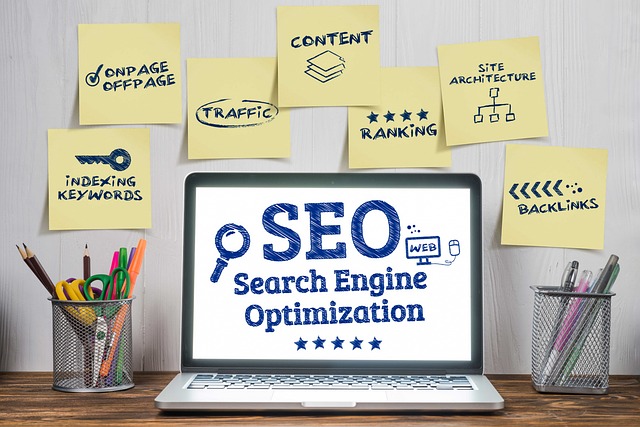Key Elements for Optimizing Content with Yoast SEO
1. Keyword Research and Focus KeyphraseIdentify Your Keyphrase:
Start by conducting keyword research to find relevant terms that your target audience is searching for. Use tools like Ahrefs or Google Keyword Planner to determine the best focus keyphrase for your content.Input Your Keyphrase: Enter this keyphrase into the Yoast SEO meta box. This allows Yoast to analyze how well your content is optimized for that specific term
2. Content LengthAim for 800+ Words:
Ensure each blog post or page contains at least 800 words. Longer content typically performs better in search rankings as it provides more value to readers2.Structure Your Content: Use headings (H2, H3) to break down your content into manageable sections, making it easier for readers to navigate and for search engines to index.
3. SEO AnalysisUtilize Yoast’s SEO Analysis Tool:
After writing your content, check the SEO analysis provided by Yoast. Aim for a green light, but an orange light indicates areas that need improvement, which can still be acceptable7.Key Areas to Optimize:SEO Title: Include your focus keyphrase at the beginning of the title and keep it under 60 characters.Meta Description: Write a compelling meta description that summarizes your content and includes the keyphrase, ideally between 150-160 characters.URL Slug: Create a short, descriptive URL that includes the focus keyphrase.
4. Readability AnalysisCheck Readability Scores: Use Yoast’s readability analysis to ensure your content is easy to read. Aim for a Flesch Reading Ease score of 60-70. This involves using shorter sentences, varied sentence structures, and appropriate transition words45.Address Common Issues:Avoid consecutive sentences starting with the same word.Use headings and bullet points to improve text flow.
5. Incorporate Internal and External LinksInternal Linking:
Include links to other relevant pages or posts within your site to enhance navigation and keep users engaged longer.External Linking: Link out to authoritative sources when necessary, which can improve credibility and provide additional value to readers.
6. Image OptimizationUse Relevant Images: Include images that enhance your content. Ensure each image has an appropriate alt tag that describes the image and includes the focus keyphrase where applicable13.File Names: Optimize image file names by including keywords before uploading them.
7. Final Review and AdjustmentsAfter completing these steps, conduct a final review of your post using Yoast’s feedback. Make necessary adjustments based on the traffic light system—aiming for green but accepting orange where improvements can be made without affecting overall quality45.By following these guidelines, you can create high-quality blog posts or pages that not only meet the minimum word count but also comply with Yoast SEO standards, enhancing both visibility on search engines and user engagement on your site.
Adding Alt Attributes in Shopify: Open a page and click on an image to reach the editor screen. Once you’ve done that, you should see an option to ‘Edit alt text’. Then, it’s just a simple case of adding your alt text in the field provided
.Keyword Usage: If a keyphrase could be useful for finding something that is on the image, include it in the alt tag if you can1. If your image is of a specific product, include both the full product name and the product ID in the alt tag so that it can be more easily found.
Avoid Keyword Stuffing: Don’t spam your focus keyphrase into every alt tag1. If your content has more than four images, you’ll only get a green bullet if the percentage of images with the keyphrase in the alt text falls within 30 and 70%1. When you use the keyphrase in more than 70% of your images, your bullet will turn orange to prevent you from keyword stuffing.
Image Relevance: You need good, high-quality, related images for your posts, where having the focus keyword in the alt text makes sense1. All the images you use on your product pages should be relevant images of your product.
Descriptive Content: When writing alt text, focus on creating useful, information-rich content that uses keywords appropriately and is in context of the content of the page
Adding Alt Attributes in WordPress: WordPress makes it easy to add alt attributes1. Open the post or page to edit the content, click on the Image block to open the Image settings in the Block tab of the sidebar, add the alt text and the title attribute, and click ‘Update
Purpose of Alt Text: Alt text strengthens the message of your pages for search engine spiders and improves website accessibility1. It provides screen readers and search engine users with a textual description of what’s on an image

